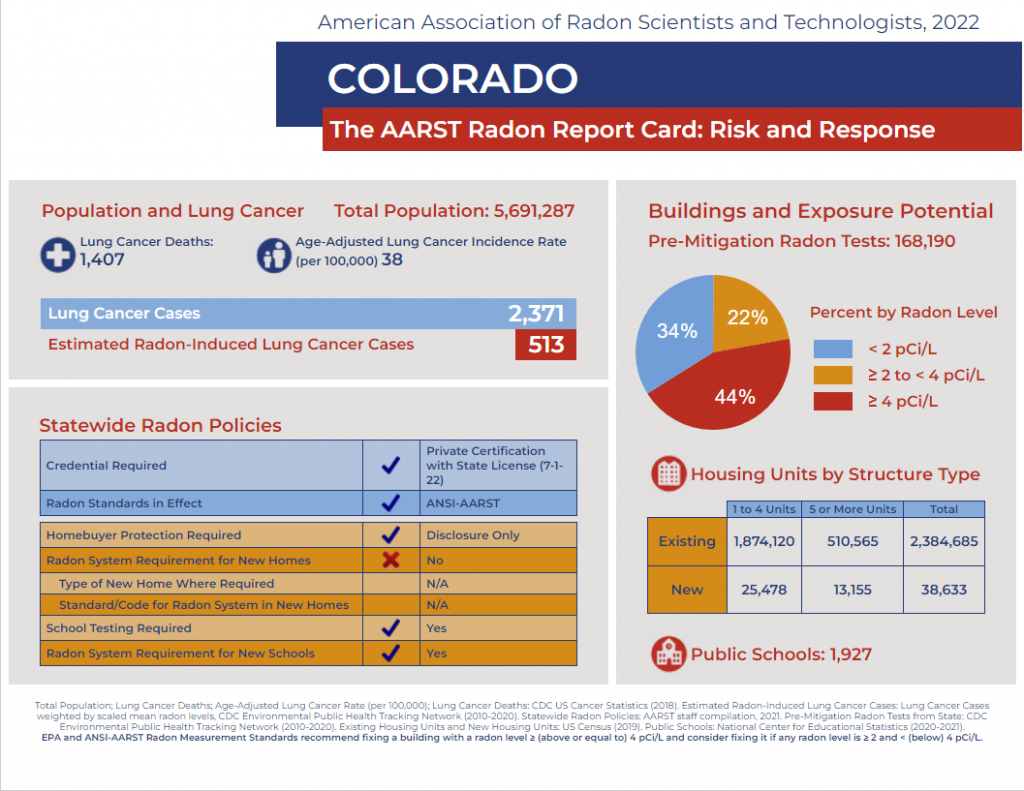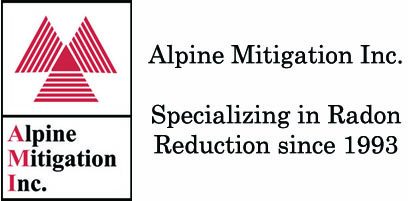The U.S. Environmental Protection Agency (EPA), the U.S. Surgeon General, and the Centers for Disease Control and Prevention (CDC) strongly recommend that ALL homebuyers have an indoor radon test performed prior to purchase or taking occupancy, and recommend having the radon levels mitigated if elevated radon concentrations are found.

Q. Why should I test for radon?
A. Radon is a colorless, odorless, naturally occurring, inert radioactive gas that comes from the decay of radium is the only gaseous element of the long, uranium-238 radioactive decay chain. Uranium and radium are commonly found in soil and rocks around the world. People can be exposed to radon primarily from breathing radon-laden air that enters through cracks and gaps in the building’s foundation. According to the U.S. Environmental Protection Agency, the National Academy of Sciences and the Center for Disease Control, indoor radon exposure is the leading cause of lung cancer in non- smokers, responsible for more than 20,000 U.S. lung cancer deaths each year. When you breathe in radon, radioactive particles from radon gas can get trapped in your lungs, where they can damage DNA as they release alpha radiation. The only way to know your home or building contains dangerous radon levels is to have a test performed.
Q. My home doesn’t have a basement; does it need to be tested?
A. Elevated radon has been found in buildings with all foundation types and in every county in the country. All homes should be tested regardless of geographic location or foundation type.
Q. How much radon is too much?
A. Radon is a radioactive gas and there is no safe level. Consumers should be aware that U.S. EPA’s estimate of 21,000 annual deaths from radon induced lung cancer in the U.S. was based on an average level of 1.3 picocuries per liter of air. The EPA Action Level of 4 picocuries/per liter of air (pCi/L) was based on the achievability of early radon mitigation technology from three decades ago. Annual exposure to 4 pCi/l is the equivalent of 200 chest x-rays per year. The World Health Organization recommends indoor radon should not exceed 100 Bq/m3 (Becquerel per cubic meter) which equates to 2.7 pCi/L. Lung cancer risk rises 16% per 2.7 pCi/L increase in radon exposure.
Q. I am purchasing a new home and the builder says it has a radon system built in. Does that mean I don’t need to have it tested?
A. There is no way to know if the system is working unless you have a test is performed. Generally, when builders install a radon system, it means rough-in measures were taken that will hopefully make it easy to activate with a fan in the event the test results are elevated. But, don’t expect it to have been tested already; make sure you have a test performed during your inspection period.
Q. If I am going to have a custom house built, should I test the soil for radon before I purchase the lot?
A. No. Soil gas tests are not only expensive, they do not correlate well with indoor radon measurements made after the house is completed and functioning. Instead, have your architect (or builder) plan for the installation of a passive radon reduction system. When installed properly, it will reduce the radon mitigation cost.
Q. How long do radon mitigation systems last?
A. If it is maintained, the basic components should last for many years. The in-line fans usually have a five-year warranty but can last for much longer. The important thing is to have your home retested every 2-3 years by an NRPP Certified Tester who can also inspect the system to determine if repairs or updates need to be made.

